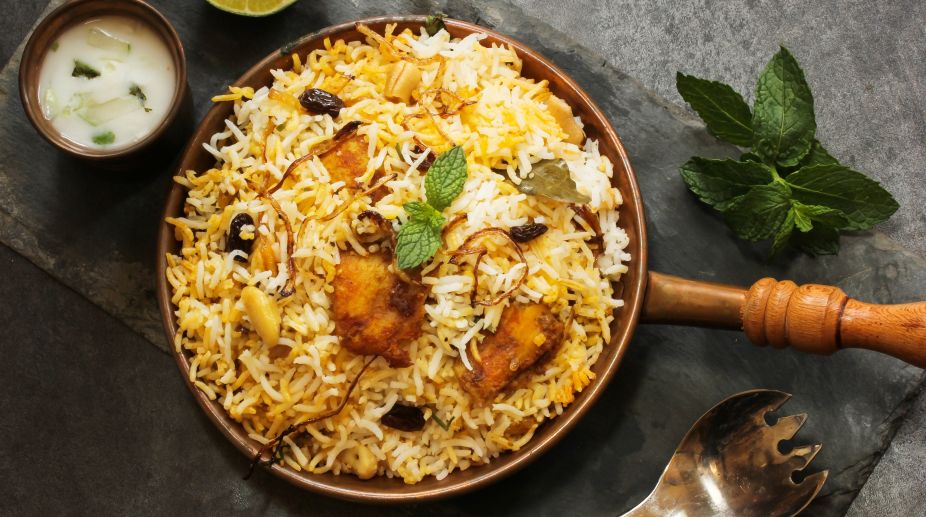Who doesn’t love biryani? Those who don’t eat meat savour vegetarian biryani, which, like its better half, is made differently in different places in India, Pakistan, Bangladesh, Afghanistan and West Asia. Moradabadi biryani is a bit spicy while the one sold in Hyderabad is both spicy and slightly sour. So is Bangladeshi biryani, while Afghan biryani has more meat than rice. Delhi, Agra and Lucknow biryani is smooth and palate appetising (sondhi), though in some food joints the Lucknavi variety tastes almost like the Moradabadi.
In Delhi there are more than 400 shops selling Moradabadi biryani, covering mostly New Delhi areas, including Nizamuddin. For the really mouth-watering one a gourmand has to go to Old Delhi areas like Jama Masjid, Ballimaran and Bara Hindu Rao, besides, further away, Uttam Nagar. In Agra, Naye Basti, Wazirpura, Jama Masjid Taley (below the mosque) and Lohamandi there are shops selling the traditional biryani.
Advertisement
Besides, there are thele or rehari-wallahs with huge cauldrons (deeghs) dishing out buff-biryani (as mutton is too soft) even outside graveyards, including the Catholic Martyrs’ cemetery, where those resting in their graves might be getting a whiff of it too! According to a food publicity flyer, biryani came to India during Timur the Lame’s invasion in 1398 at the time of Mahmud Tughlak. Aurangzeb introduced it into the Deccan, especially Hyderabad, after which the Nizam popularised the dish. Mumtaz Mahal is said to have “concocted” a biryani variety as the “complete meal” for Shah Jahan’s troops while the emperor influenced the production of sweet petha as nourishment for workers building the Taj Mahal.
Another story is that biryani was actually first made by the nomads of West Asia, “who buried earthen pots full of meat, rice and spices in a pit” and then dug them out with the matured stuff for eating. But in India biryani is generally made overnight and people wait patiently for it to be served at the dhabas. One of the Nizam’s daughters, who married a nawab of Arcot, took 15 cooks with her as “dowry” to popularise biryani in her in-laws’ place, from where shopkeepers learnt the art of making it. But in Delhi, go to Raju’s joint in Bara Hindu Rao before 1 p.m. for buff-biryani and you won’t come back disappointed, says a connoisseur.











